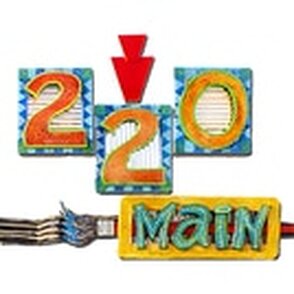This abbreviated form of journaling can help with everything from budgeting to expressing gratitude to organizing your schedule. Find out why BuJo is all the rage in the digital age.
- story by Denise Jacobs
Was I depressed? Unmotivated? Under-stimulated by the tranquility of life in the Bay? Or was it simply a matter of adjusting to life without the proverbial time clock in this pseudo retirement phase of my life?
The post nine-to-five dearth of structure was messing with my mental health. In spite of myths about the happy-go-lucky retirement stage of life, this aging Boomer had things to do, people to see, and bills to pay. At 65, I have a long way to go and a short time to get there. How could I become more productive? Get off the couch? Eliminate the angst associated with PPP (Piddling Progress on Projects)?
I Googled “best planners for attention deficit disorders” on the assumption that, diagnosis or not, I could probably benefit from research-based strategies for living with it.
Chief among the “hits” was the Bullet Journal®, a new take on an old theme: jotting down ideas and tasks and tracking habits via the time-honored method of pen and paper. Jotting down because, at its core, the BuJo is based on rapid logging and bulleted lists. At its core, the basic BuJo template consists of an index, a key, a future log, a monthly log, a daily log, and any “custom collections” your heart desires. Bullet Journal® extraordinaire and founder, Ryder Carroll, introduces the basic concepts in his How to Bullet Journal video. 
I use my BuJo to track credit card balances, my savings account, weight loss, and daily exercise along with the movies and TV series I’d like to stream. By naming the latter, I lend them an air of intentionality. If I schedule it, watching The Wire moves from something shameful, an activity I felt I had to hide, to something I consciously give myself in the name of “it’s OK to have down time.”
While I can rarely tuck into a project, I can usually tackle a task, so my daily pages break out the tasks that go into a given project (something that consists of three or more tasks) be it related to writing, household, or personal. I have read that persons suffering from chronic obstructive pulmonary disease track their daily pursed lip breathing and/or belly breathing. Congestive heart failure patients track fluctuations in weight. Yogis track their meditation practice. Others track fitness, fertility, and food.
Many BuJos include gratitude pages. Mental health experts suggest that the practice of daily identifying and recording three things for which we are grateful can uplift our spirits and increase our capacity for joy.
In October I was able to easily identify at least one beautiful thing that brightened my day, usually a special moment with another person. Sometimes it was as simple as a welcome breeze or a rain shower. As I mapped out my November BuJo pages, I moved from a one-page gratitude spread to a two-page spread. More love. More joy. To start a BuJo of your own, get your hands on a journal filled with unlined dot-grid pages and invest in a few fine-tipped artist’s pens—how many depends on whether you take an artistic or minimalist approach to your journal. It is easy to get swept away by “supplies,” but the two basic components of bullet journaling are dot-grid pages and a fine-tipped artist pen. It’s that simple. Be warned, however: an internet search on “BuJo” will keep you off whatever your task for a good 24 hours. Comments are closed.
|
Categories
All
Archives
July 2024
|
Shoofly Magazine Partners
Our Shoofly Partners are local businesses and organizations who share our mission to enrich community life in Bay St. Louis, Waveland, Diamondhead and Pass Christian. These are limited in number to maximize visibility. Email us now to become a Shoofly Partner!

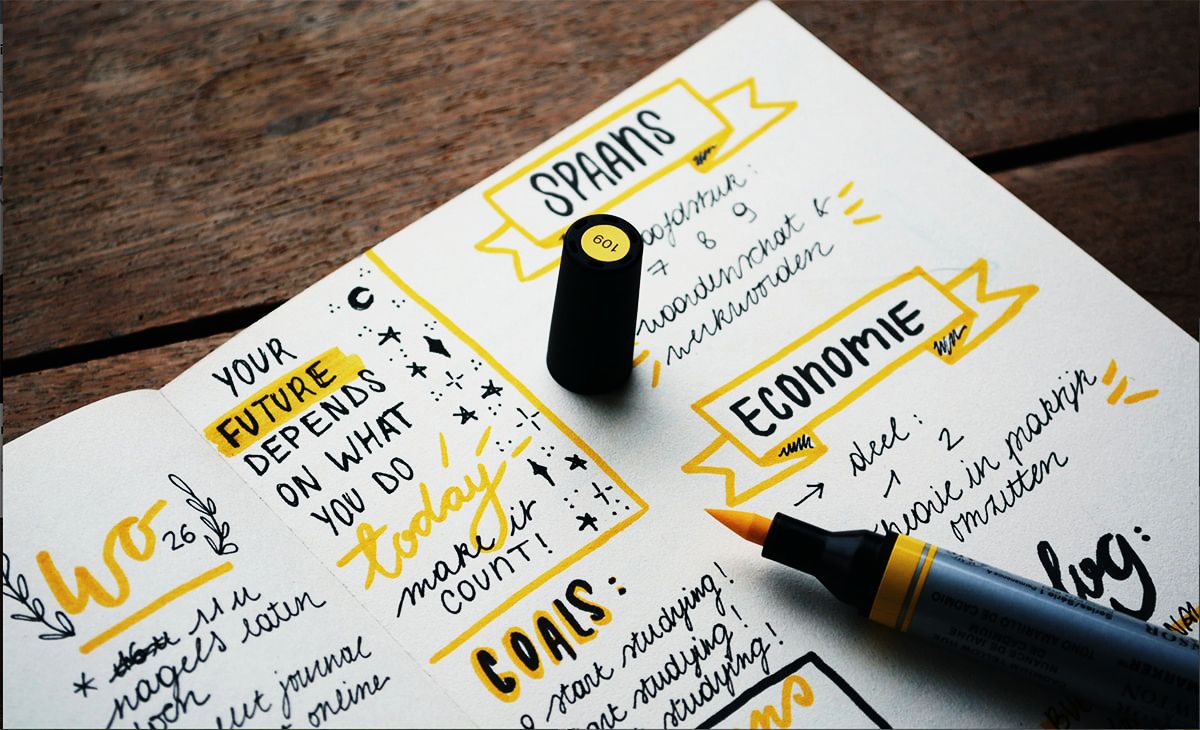

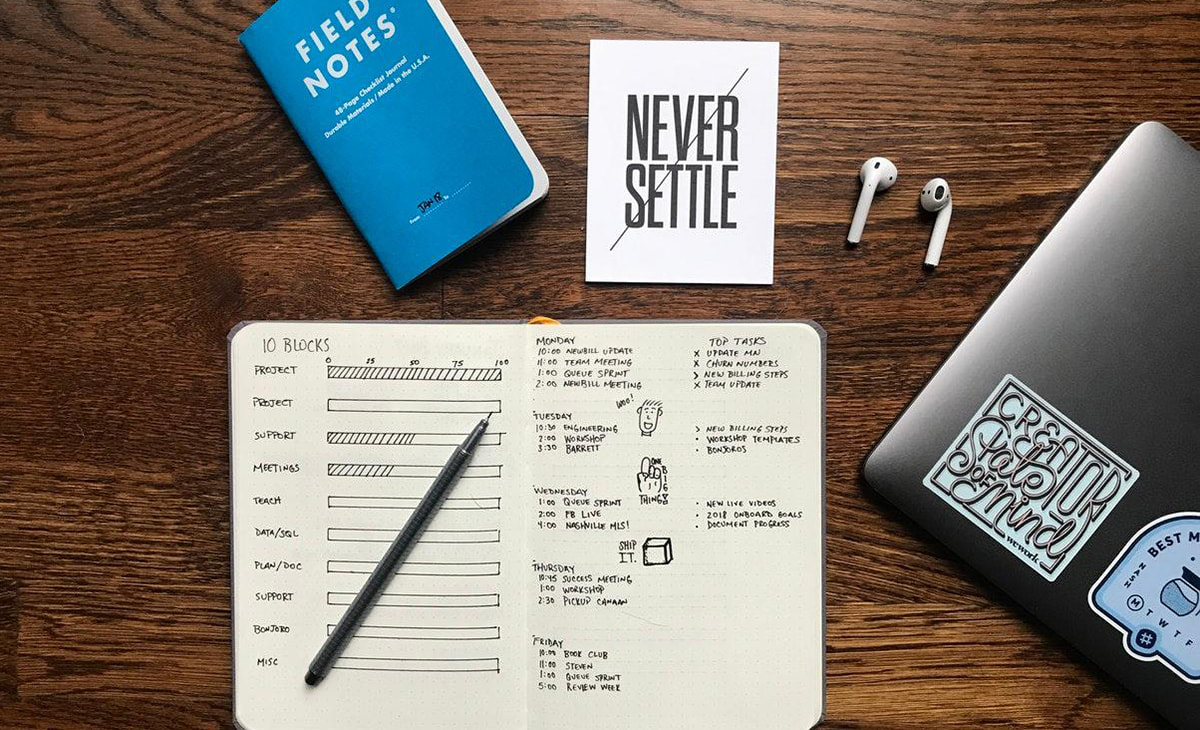
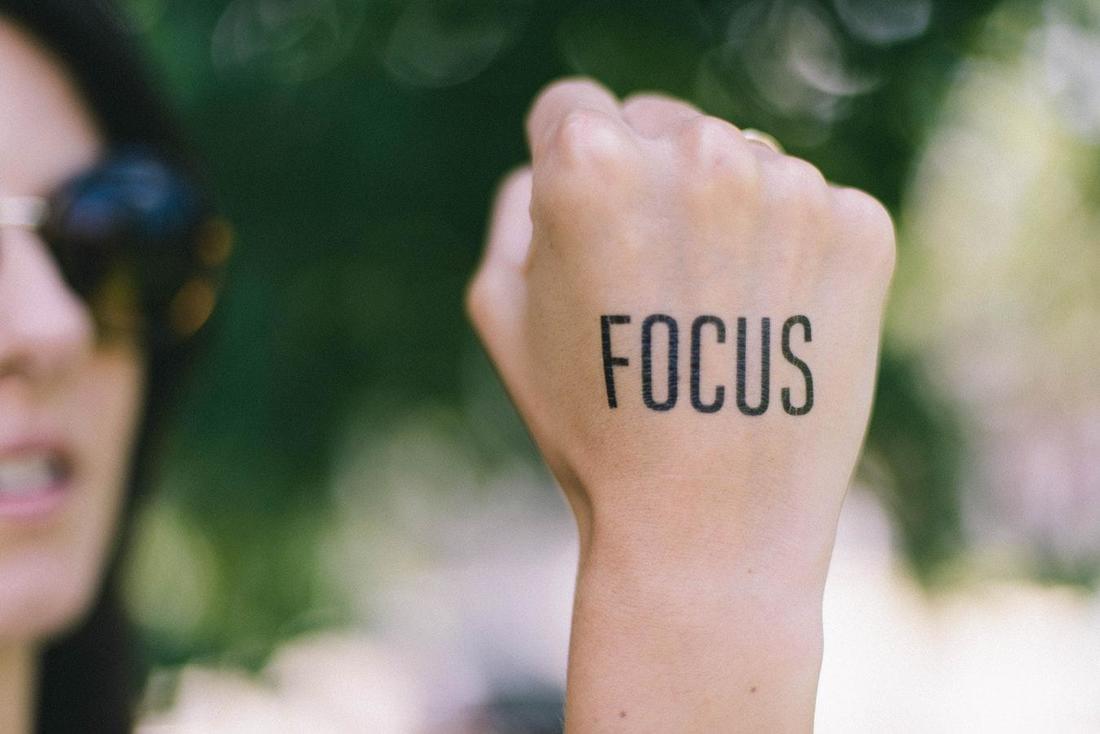















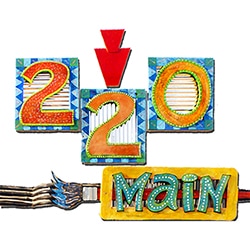









 RSS Feed
RSS Feed






